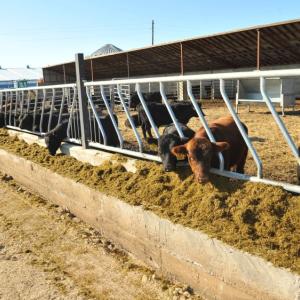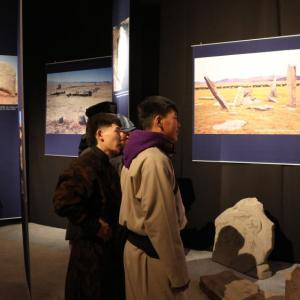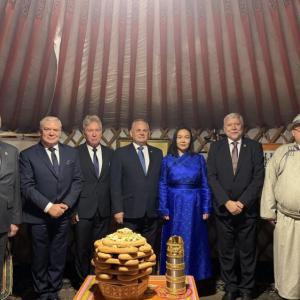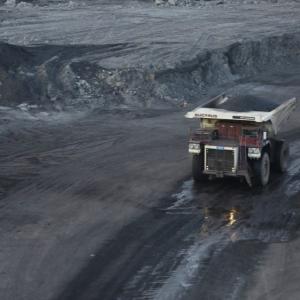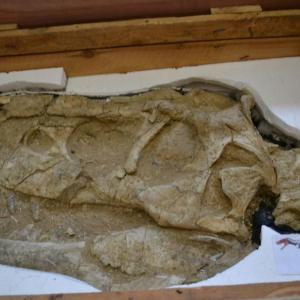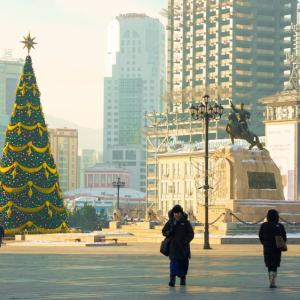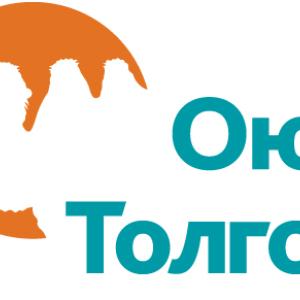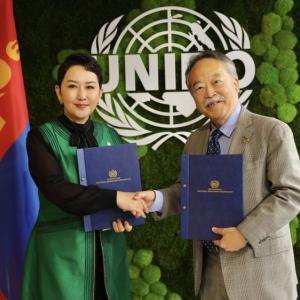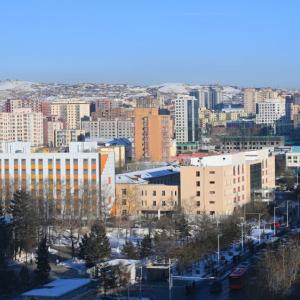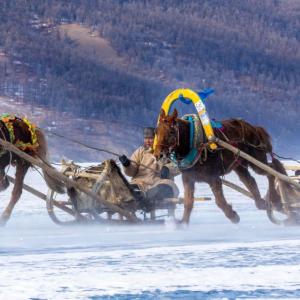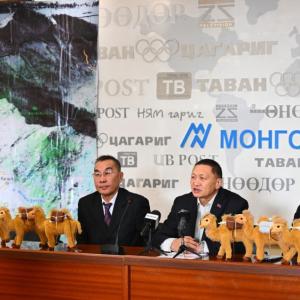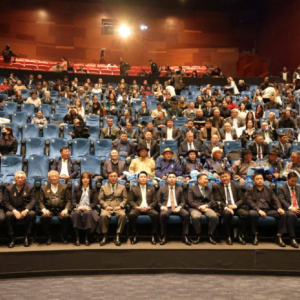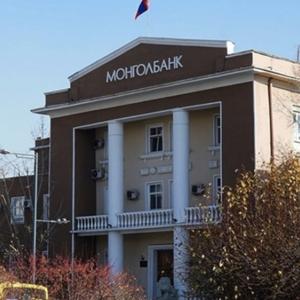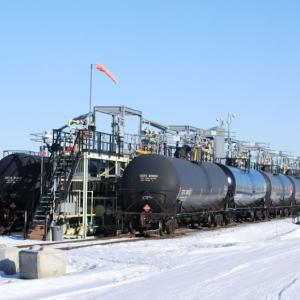National forest census conducted with standard method
The Mongol MessengerThe coniferous and deciduous forest cover of Mongolia is 9.1 million ha, revealed the most recent national forest inventory report. With inclusion of saxaul forest, the total forest area of Mongolia is 12.8 million ha. The first ever forest inventory was conducted in Mongolia in 1956.
60 years after the first forest census, a new national forest inventory based on an internationally-approved method has been conducted in Mongolia to measure the area of the country’s forest cover and carbon amounting to them. At a ceremonial event held at Shangri-La hotel on December 13, the inventory report was handed over to the Government of Mongolia.
Different than the previous inventory in terms of objective, scope and method and more multi-participatory, the latest inventory was conducted by the Department of Forest Policy Management at the Ministry of Environment and Tourism and Forestry Development Center with the support of the Government of Germany, ‘Biodiversity and adaptation of key forest ecosystems to climate change II’ project of GIZ the German Society for International Cooperation and REDD + National Forest Inventory in Mongolia project.
“As a partner country of the United Nations collaborative initiative on Reducing Emissions from Deforestation and Forest Degradation (REDD) and having undertaken the REDD+ project, Mongolia is responsible to calculate its absorption and emission of carbon dioxide using an internationally-approved method and report it. In frames of the duty, a national forest inventory has been completed”, said D.Oyunkhorol, Minister of Environment and Tourism at the ceremony.
She also highlighted in her speech, “By determining Mongolia’s basic indicators in emission and forest absorption of carbon dioxide, and reporting it to the Intergovernmental Committee for UN Framework Convention on Climate Change, opportunities to get financial support from international projects on reduction of forest deterioration and increase of carbon dioxide absorption, and participate in carbon trade are opening to Mongolia. Moreover, this national census data is critically important in realizing the objectives reflected in ‘State policy on forest’ which encompasses a main aim to create a sustainable management directed at maintaining balance in Mongolian forest ecosystem, ceasing forest degradation, regenerating forest and sustaining forest use”.
Findings and conclusion of the inventory
Main conclusions of the national forest inventory are that the forest of Mongolia is less-utilized; the forest of Mongolia is old-aged; the forest resources of Mongolia is low with density level being 0.54 percent in 46 percent of the total forest; the forest of Mongolia is vulnerable; and the regeneration capacity of the forest of Mongolia is sufficient.
Growing stock: The total forest area of Mongolia is 9.1 million ha. The total growing stock is 113.9 cubic meters/ha, and 91.9 cubic meters/ha or 80.7 percent is made of larch, 7.6 cubic meters/ha or 6.7 percent is cedar, 7.3 cubic meters/ha or 6.4 percent is birch and 5.6 cubic meters/ha or 4.9 percent is pine. The rest 2 percent is made of other species of trees. As for aging, 73.7 cubic meters/ha of the growing stock belong to age class 50-200 years, 24.3 cubic meters/ha to above 200 years and 15.8 cubic meters/ha to below 50 years.
Number: The forests of Mongolia contain about 5 billion trees. Seeing as there are 401 growing larches in 1 ha, the larches dominate the forest cover of the country.
Forest diversity: Larch forest constitutes 5.7 million ha area or 62.4 percent of the total forest of Mongolia. And 9.9 percent of the total forest area is mixed coniferous forest, 9.7 percent is mixed forest and 5.9 percent is birch forest. 3.1 percent of the total forest area is taiga which is filled with shade tolerant tree species like cedar, spruce and fir.
Natural regeneration: In 1 ha area of the total forest of Mongolia, 3025 saplings are growing, and 1639 of them are larches. But it was found that birch saplings dominated in the regenerating forest in Khentii region. In 1 ha area of the forest in the region, 1386 birch saplings are growing.
Deadwood resources: Deadwood resource in the total forest of Mongolia is 46.5 cubic meters/ha which is made of 18.7 cubic meters/ha snag, 25.8 cubic meters/ha fallen dead trees and 2 cubic meters/ha stumps.
External effect: In recent years, 18.6 percent of the total forest area was damaged by wildfire and 1 cubic meters/ha was damaged by insects. It was calculated that 9 million cubic meters wood stock was damaged by insects. Also, the effect of domestic animal pastry to forest was comparatively less. On average, some 8.5 percent of the total forest area was mildly affected by domestic animals while 1.3 percent was highly affected. Soil damage was observed in only 0.1 percent of the total forest area.
Before 1990, forestry industry had been the main source of income, comprising about 30 percent of the country’s total revenue. However, it was left without adequate government attention after the 1990s resulting in the forest cover thin out year by year. Therefore, effective management and farsighted strategy and policy is indispensable for the forestry industry.
M.Tungalag, Head of Department of Forest Policy Management at the Mongolian Ministry of Environment and Tourism said, “The current state of forestry in Mongolia is the outcome of a long-standing policy to only protect forest”. “30 percent of total forest resources in Mongolia is made of deadwood as a result of the policy. In addition to increased use of forest resources, it’s imperative to pay special attention to regeneration of forest”.
“As it is necessary to make the forest of Mongolia more adaptive to climate change and grow reproductively, we need to improve the legal frameworks in order to ensure the implementation of a ‘sustainable forest management’, and utilize the functions of forestry industry”, she said. “Sustainable forest management is a highly responsible task, and it’s the primary objective of the Mongolian forestry industry to systematically execute tasks such as framing action plans for the management, improving the planning methods, monitoring the progress and introducing an accredited forest certification”, D.Tungalag stated.
Photo by B.Chadraabal
The article is featured in the Mongol Messenger's issue No. 50 for December 16.
 Ulaanbaatar
Ulaanbaatar








